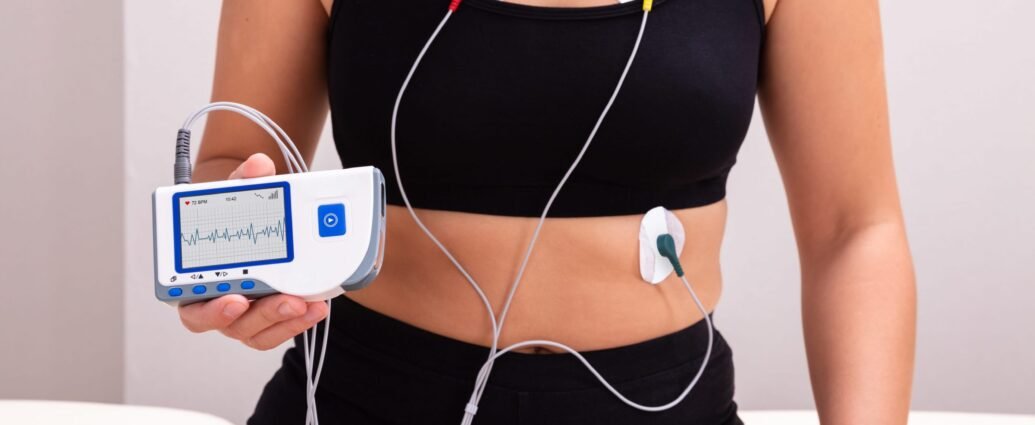The Holter machine is one of the great advances of medicine in contemporary times. It is a device that you can take home and that records the activity of the heart to know your state of health and discover if there is any abnormality in the heart rate.
The information that can be recorded with a Holter monitor is extensive and useful for doctors, as it can help detect any condition that could endanger a patient’s health in time. In this article, we’ll explain what a Holter monitor is and what it’s used for. This way, you’ll be able to better understand how this device works.
What is a Holter, the heart monitor?
A Holter is a medical device that is designed to learn about the activity of the heart for 24 hours. It is a small and portable device that monitors the functioning of this vital organ so that, in this way, specialists can detect their state of health and discover if there are anomalies.
The most common reasons a doctor may ask for a Holter monitor are:
– Appearance of palpitations or tachycardia
– Experienced dizziness without apparent causes
– Chest pain, whether at rest or while active
– Medicate with drugs for arrhythmia or angina
– To control implantations such as pacemakers
What is a Holter test, and what is it for?
Holter’s name comes from his inventor, Norman Holter, a U.S. physicist who created a small device that recorded the pace of the heart continuously.
Today, the Holters have evolved and are much smaller and more comfortable; this test allows measuring not only the electrocardiogram, but also the patient’s respiratory rate and heart rate.
This test is very simple to perform: certain electrodes are placed on the patient’s chest that are connected to a small device, the Holter. Due to its size and weight, you can carry this device in a pocket, in a bag, or hanging from the neck.
The device operates using a battery; therefore, it must always be checked that it is well charged to be able to monitor correctly 24 hours a day. It is also important to ensure that the electrodes are well attached to the body so that, thus, the recorded activity is accurate.
The patient can go about their normal life, and the Holter monitor will record all heart activity. After this time, the patient should see a doctor so the expert can analyze the device’s function and check for any notable abnormalities.
What should be avoided during a Holter test?
Although it is recommended that life be carried out with absolute normality, there are some precautions to be taken into account so that the results do not get altered. During the 24 hours of registration, the following should be avoided:
– Don’t use heating pads or electric mats
– Avoids high-voltage areas
– Don’t pass through metal detector areas
Additionally, if the reason for monitoring was discomfort during sports, the healthcare provider will often request that the patient exercise with the Holter monitor active and record the activity.
Bibliography
DiMarco, J. P., & Philbrick, J. T. (1990). Use of ambulatory electrocardiographic (Holter) monitoring. Annals of internal medicine, 113(1), 53-68.
Rodriguez, J., Prieto, S., Bernal, P., Soracipa, Y., Salazar, G., Isaza, D., … & Correa, C. (2011). New diagnostic help methodology of the chaotic cardiac geometric dynamic cardiac dynamics of the Holter. Revista de la Academia Colombiana de Ciencias Exact, Físicas y Naturales, 35(134), 5-12.
